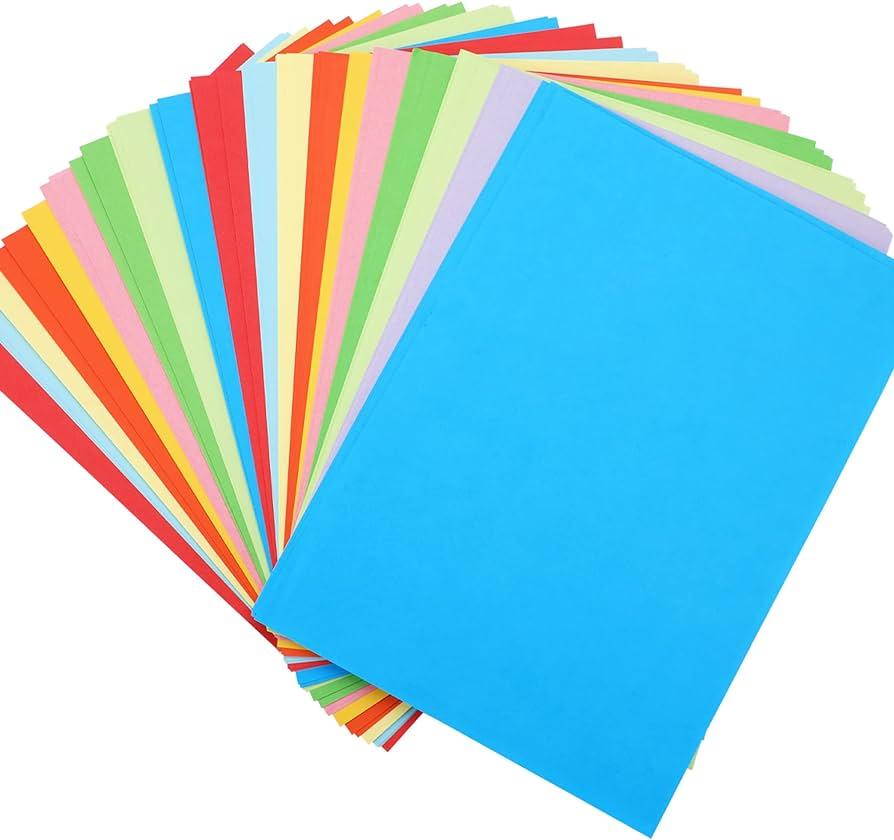In a world of digital screens and virtual reality, there is something uniquely satisfying about creating art with nothing more than a sheet of paper and a few strategic folds. Origami, the ancient Japanese art of paper folding, has captured the hearts of artists and amateurs alike for centuries. If you’ve ever been curious about delving into this captivating world of paper creations, then look no further. This beginner’s guide will introduce you to the fundamentals of origami, helping you unlock the secrets of “The Art of Paper Folding”. So grab your paper and let’s get folding!

Introduction to the World of Origami
Origami, the traditional Japanese art of paper folding, has been practiced for centuries and is enjoyed by people all over the world. With just a piece of paper and a little patience, anyone can create intricate and beautiful designs through the simple act of folding. This art form is not only a fun and relaxing pastime, but it also has numerous benefits such as improving focus, concentration, and dexterity.
Whether you’re a complete beginner or have some experience with origami, this beginner’s guide will help you dive into the world of paper folding. From basic folds to more complex designs, you’ll learn the fundamentals of origami and discover the endless possibilities this art form has to offer. So, grab a piece of paper and let’s start folding!

Exploring Different Types of Paper Folding Techniques
In the world of paper crafts, there are countless ways to transform a plain sheet of paper into a work of art. One of the most popular techniques is origami, the Japanese art of paper folding. Origami involves creating intricate designs by folding paper in various ways, without the use of scissors or glue. This ancient practice has been passed down through generations and continues to captivate people of all ages.
Aside from origami, there are many other paper folding techniques to explore. Some examples include:
- Kirigami: a variation of origami that involves both folding and cutting the paper.
- Tea bag folding: a method of creating geometric designs using folded tea bag wrappers.
- Accordion folding: a technique that involves folding paper back and forth in a repeating pattern.
Each technique offers a unique way to express creativity and can be a fun way to create personalized decorations, greeting cards, and more.

Choosing the Right Paper for Your Origami Projects
When it comes to origami projects, the type of paper you choose can make a big difference in the outcome of your creation. The right paper can help your origami piece hold its shape, while the wrong paper can make it difficult to achieve the desired folds. Here are some tips to help you choose the perfect paper for your next origami project:
- Thickness: Consider the thickness of the paper you are using. Thicker paper can hold folds better and create a more sturdy finished piece. On the other hand, thinner paper can be easier to fold and manipulate for more intricate designs.
- Texture: The texture of the paper can also play a role in your origami project. Smooth paper is ideal for traditional origami designs, while textured paper can add an interesting element to your creation. Experiment with different textures to see what works best for your project.
| Paper Type | Ideal For |
|---|---|
| Washi Paper | Traditional origami designs |
| Kraft Paper | Larger, more complex designs |
| Tissue Paper | Delicate, intricate designs |
Exploring different types of paper and experimenting with various textures and thicknesses can help you discover the perfect paper for your origami projects. Don’t be afraid to get creative and try out new papers to see what works best for your unique creations. With the right paper, your origami projects are sure to impress.
Step-by-Step Guide to Creating Your First Origami Masterpiece
Welcome to the wonderful world of origami! In this beginner’s guide, we will walk you through the steps to creating your very first origami masterpiece. With just a few folds and creases, you will be amazed at the intricate designs you can create with just a simple sheet of paper.
To begin, choose a piece of square paper in the color or pattern of your choice. Follow these steps to start your origami journey:
- Fold: Start by folding the paper in half diagonally to create a triangle.
- Crease: Make a firm crease along the fold line to ensure your folds stay in place.
- Repeat: Fold the triangle in half again to create a smaller triangle.
- Unfold: Carefully unfold the paper to reveal the crease lines.
Future Outlook
As you embark on your journey into the art of paper folding, remember that practice makes perfect. Experiment with different patterns and techniques, and don’t be afraid to make mistakes. The beauty of origami lies in its simplicity and versatility, so embrace the challenge and let your creativity soar. Who knows, you may just discover a hidden talent for creating stunning works of art with just a piece of paper. Keep folding, keep creating, and most importantly, have fun!
